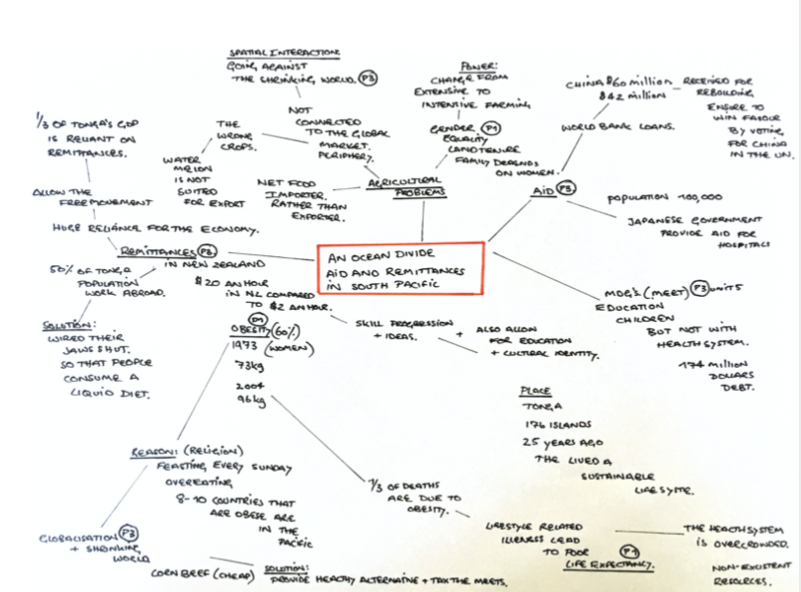
IB
Unit 4: Power, places and networks Lesson's |
|1. Global interactions and global power|
|Content|
|Lessons|
|How global power and influence varies spatially|
Globalization indices showing how countries participate in global interactions.
Global superpowers and their economic, geopolitical and cultural influence.
-
Detailed examples of at least two actual or potential global superpowers
Powerful organizations and global groups:
-
G7/8, G20 and Organization for Economic Cooperation and Development (OECD) groups
-
Organization of the Petroleum Exporting Countries’ (OPEC) influence over energy policies
-
global lending institutions, including the International Monetary Fund (IMF) and New Development Bank (NDB)
|Lesson 1|
|Lesson 2|
 |  |
|---|---|
 |
|Lesson 3|
|Tim Marshall Prisoners of Geography|
|What is Power?|
|US 2020 election: Who does China really want to win?|
|Can it Survive Covid?|
|Podcast:The Climate Question?|
|The myth of Globalisation|
|Putin's war on Ukraine, explained|
| War in Ukraine: will China help Russia?|
|America vs China: Who is in charge?|
Germany orders Russia to close consulates
|ESSAY:CHINA'S FUTURE|
|Reading/Revision & Assessment|
Synthesis, evaluation and skills opportunities
How wealthy and powerful places exist at varying scales, and how the global map is complex and subject to change?
|Tim Marshall Powers of Geography|
|Essay Plans|
|Recommended Resource|
|Synthesis-Revision|
|The Costs of Inequality: Joseph Stiglitz|
|What isOPEC?|
|Riz Khan - Does the IMF help or hurt the poor nations?|
|Media in the classroom|
|What isOECD?|
|2. Global networks and flows|
|Content|
|How different places become interconnected by global interactions|
An overview of contemporary global networks and flows:
-
global trade in materials, manufactured goods and services
-
an overview of international aid, loans and debt relief
-
international remittances from economic migrants
-
illegal flows, such as trafficked people, counterfeit goods and narcotics
Foreign Direct Investment (FDI) and outsourcing by transnational corporations (TNCs), and ways in which this networks places and markets
-
Two contrasting detailed examples of TNCs and their global strategies and supply chains
|Lessons|
|Lesson 4|
|Lesson 5|
|Lesson 6|
 |  |
|---|---|
 |  |
|Reading/Revision & Assessment|
|Lesson 7|

|Case Studies|
|Article: Silicon Savannah: The rise of Africa's tech scene|
|Article: SHow Africa's Tech Generation Is Changing the Continent|
|Student Work|
| Internet Usage |
Synthesis, evaluation and skills opportunities
The relative importance of different flows, and the suitability of different methods for graphically representing flows and interactions
| Tim Berners-Lee Accessibility for All |
|3. Human and physical influences on global interactions|
|Content|
|Lessons|
| How political, technological and physical processes influence global interactions |
Political factors that affect global interactions:
-
multi-governmental organizations (MGOs) and free trade zones
-
economic migration controls and rules
Our “shrinking world” and the forces driving technological innovation:
-
changing global data flow patterns and trends
-
transport developments over time
-
patterns and trends in communication infrastructure and use
The influence of the physical environment on global interactions:
-
natural resource availability
-
the potentially limiting effect of geographic isolation, at varying scales
|Lesson 8 |
|Lesson 9 |
 |  |
|---|---|
 |  |
 |
|Lesson 10 |
|Lesson 11 |
|Lesson 12 |
| The Rise of Trade |
Revision Tip:
Migration
is a key topic found in
paper 2 and 3. Ensure to
focus on this topic, for your
revision.
|Reading/Revision & Assessment|




|Student Work|
|Specimen Papers|
|Recommended Resource|




















































